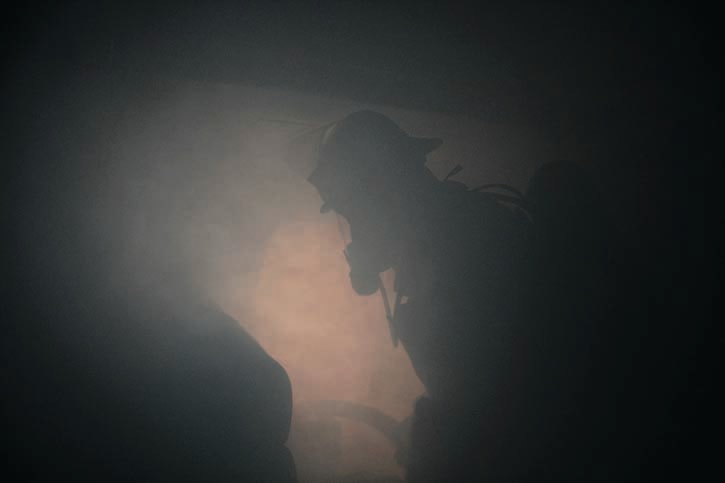The Edmonton International Airport (EIA) fire department and emergency response team recently received a donation in the form of a 737 aircraft from Canadian North, the plane will increase the fire department’s ability to train for different aircraft emergencies.
Burl Hamm, fire chief and emergency response services/emergency planning manager for EIA, says this new plane will be a second stage to the training that already takes place. “(It’s) step two for us,” said Hamm.
“This is the first time we’ve actually had an aircraft to train on,” he added.
In the past emergency crews trained with a smaller scale aircraft rigged lower to the ground than it would actually sit, mainly designed for firefighter training. “What happens if we’re doing it on a large sized aircraft is we increase the risk of more injuries and stuff during a training event,” said Hamm.
On Sept. 29, the airport hosted a series of evacuation demonstrations to show off the benefits the 737 will bring the department.
The 737 will allow emergency response crews to train in a full sized aircraft, familiarizing themselves with evacuation procedures, laddering over the wing and entering with suppression tools.
“We want to make sure they have a fire free evacuation right at the beginning, we want to help people on board and once we’ve got the fire extinguished on the outside we’re going to be evacuating people,” said Hamm.
“So now we want to actually use the new aircraft for evacuations … if we were training how we actually ladder an aircraft, how we ladder the wing,” he added.
The 737 is a retired plane from Canadian North’s fleet, repurposed for emergency response training. “Canadian North is proud to be a member of the EIA community. While we are sorry to see tail 586 leave our fleet after many years of safe and reliable service, we are pleased that the aircraft will remain here in an important new role,” said Pete McCart, Canadian North vice president of scheduled services, in the news release.
Fire departments are not the only one who use on-location, hands on training with aircraft. Flight crews also undergo rigorous emergency training. Hamm says Canada North flight crews train on a second plane. “On an aircraft like this, 90 seconds is the max time we have to get everybody off.”
